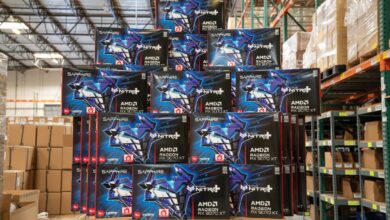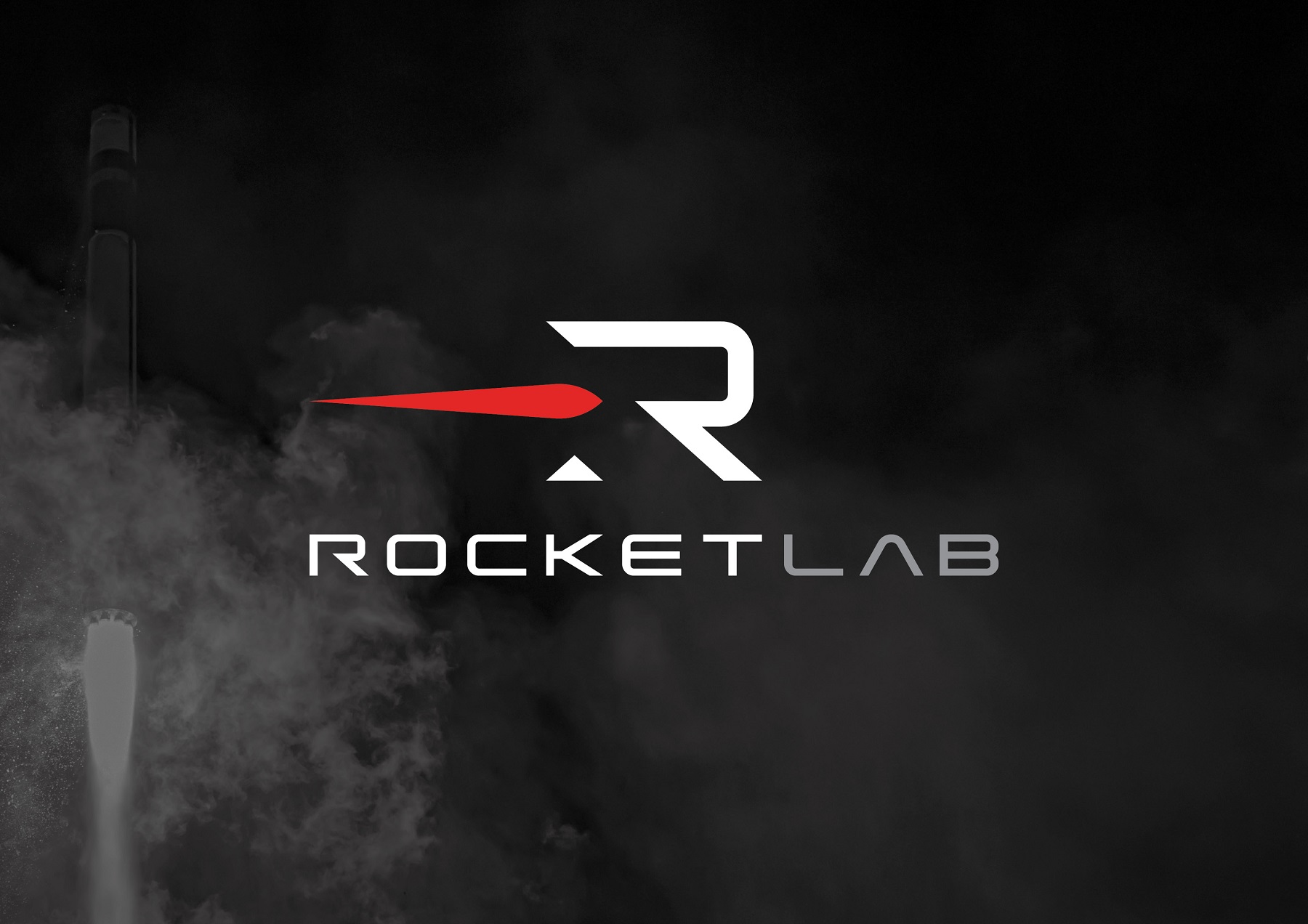Why 3D Printing Processes Require Ball Screws

3D printers enable industries and operators to create cost-effective product parts in a timely manner. The primary goal of a 3D printer is to create a physical object, one layer at a time. The primary mechanism that creates the machine’s motion comes from a ball screw.
Let’s explore why 3D printing processes require ball screws!
Screw’s Basic Functions for 3D Printing
The screw component in a 3D printing process generally receives guidance from the X and Y axes. A vital aspect of using a ball screw mechanism is that it cuts the required number of components to a fraction of a belt-driven application. The use of custom-engineered acme nuts in tandem with the anti-backlash nut helps move the ball bearings along with the axes.
Two essential things to look for in a screw assembly are accuracy and cost-effectiveness, especially when selecting a low-grade desktop printing application. These setups generally have is similar increased repeatability and precision. They are among the most affordable.
Rapid Prototyping
Many industries and organizations look to 3D printing for rapid prototyping because it delivers quick results. It’s a cost-effective method to design, produce, and receive data about a part in question.
Very rarely are parts production-ready, and most of the time, the 3D printing process serves as an evaluation and interrogation method. It’s important to note not every 3D printer is equal. Using a printer with a custom-engineered ball screw assembly to ensure an organization receives its benefits will improve linear motion control.
Outperforming Belt Drives
The 3D printers available today typically use what is known as a belt-drive system. As mentioned previously, a ball screw assembly can essentially eliminate this belt-drive mechanism with its outperformance.
The repeatability and accuracy will encounter increased issues with belt-drive technology through less accurate motion control. The inaccuracies increase because the belt-drive assembly has more play than a ball screw assembly.
When it comes to why 3D printing processes require ball screws, affordability and efficiency contribute significantly. With the rising cost in basic manufacturing operations, switching to or using a ball screw assembly in a 3D printing application can weigh considerably.





